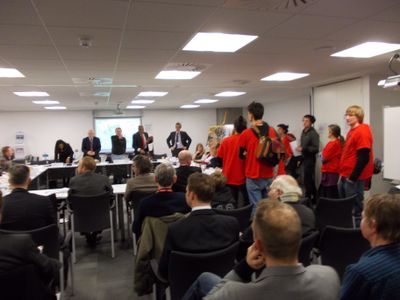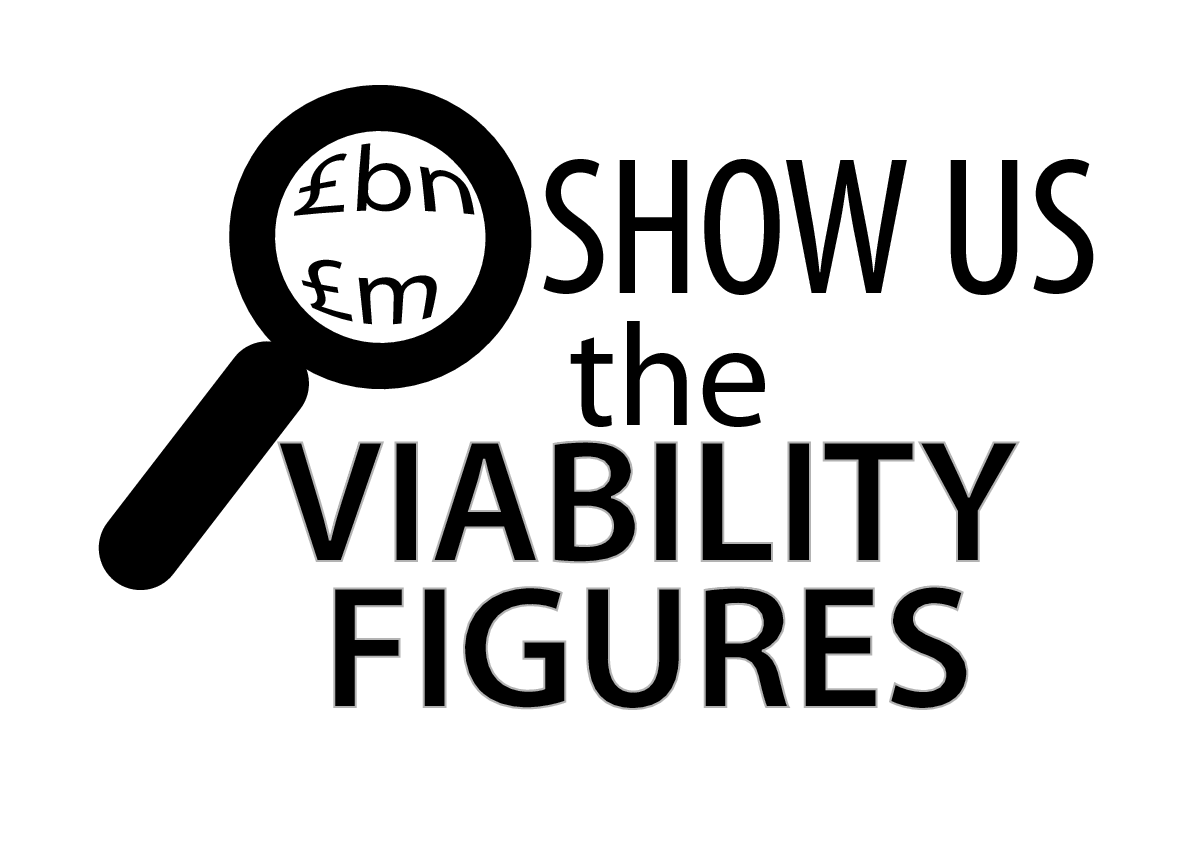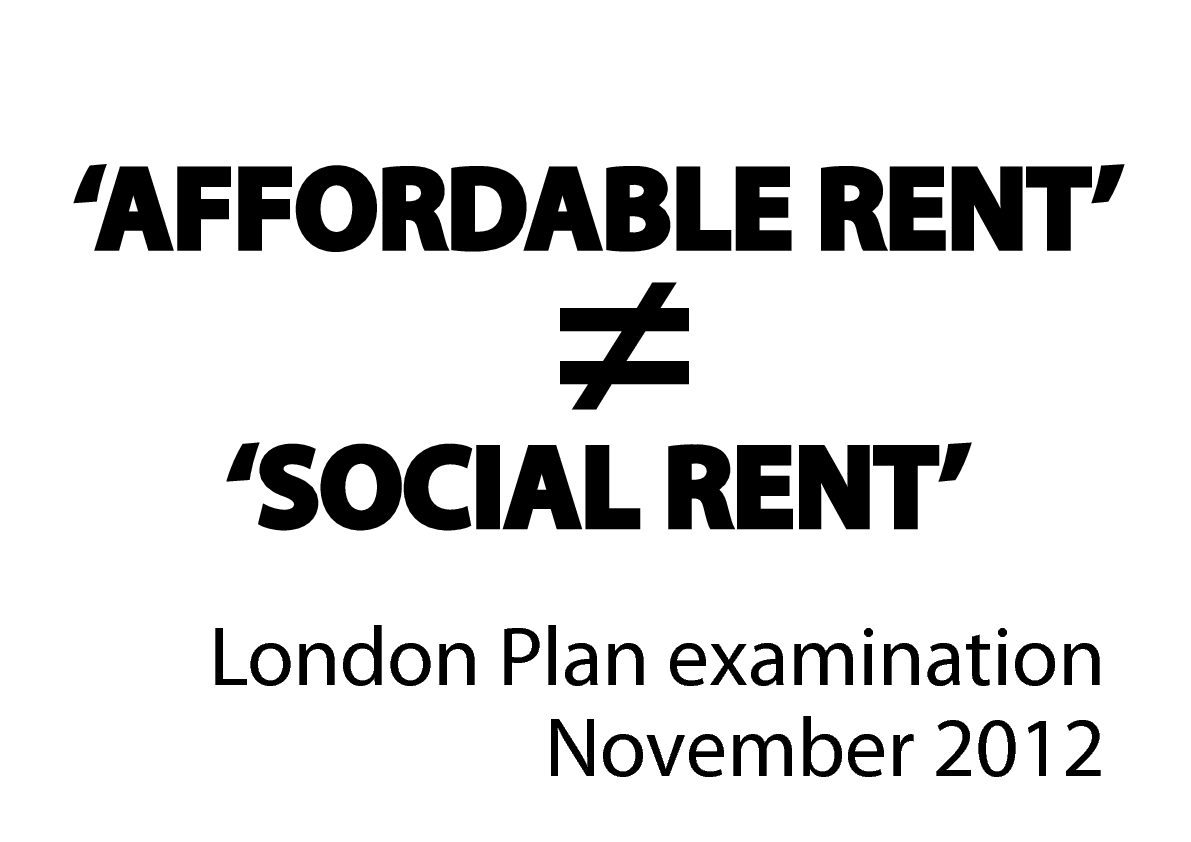
Weak finances, minimal social rented housing, a privatised public realm, vague energy proposals, environmentally suspect and car-friendly – the masterplan application for the regeneration of the Elephant and Castle has finally arrived after 13 years waiting.
The application is the largest ever submitted in the history of the borough: it has taken 9 months to process and is accompanied by over 200 supporting documents. It is also the most inequitable - offering just 71 social rented units out of 2,300 new homes.
Around 300 local residents have submitted objections to the application, which is due to be heard this Tuesday 15 January- 6pm at the council's offices in London Bridge (160 Tooley st).
Having been allocated just 5 mins for all objectors to voice their concerns during the hearing, the Elephant Amenity Network has sent a briefing document to councillors in the hope that they will take up the issues that can't be covered in the 5 minute slot. You can download a copy of the briefing document here.. and read a summary of the points we wish to raise below.
The planning committee is a public meeting and anyone concerned about the future of our city and environment is encouraged to attend.

Financial Viability
- Doubts about the financial viability of the scheme
- How will the ‘viability gap’ in the scheme be bridged?
- How will we avoid the Heygate becoming yet another stalled development site?
The viability of the scheme is described as ‘problematic’ (para. 151) and refers to a ‘viability gap’ representing 'very big risk' on the part of the applicant (para. 153). The Phase one Heygate application states: “The level of affordable housing proposed represents a level that is currently above what is indicated as being viable.” Non-viability of the scheme is also listed in the council's risk register as one of the major impediments to the scheme going ahead.
How is the viability gap between the viable level of affordable housing at 9.4% and the 25% (para. 150 & 153) offered being bridged while maintaining the financial stability of the scheme?
The London Park Hotel and Oakmayne Plaza(Tribeca Square) sites were granted planning permission six years ago; these sites remain undeveloped. There is no reference to the time schedule for the delivery of the detailed planning applications in the report. We propose that a condition be attached to any approval of the application requiring a fixed schedule of applications.
 Housing
Housing
- Lack of social rented housing
- Phasing of the affordable housing delivery
The scheme will provide only 71 social rented units out of a total 2,300 new homes (para. 159). This is in breach of Southwark Council's planning policy, which would require approx. 400 social rented units. 198 affordable rent properties are also being provided, but they are not affordable for many residents of the borough.
Affordable rent is also not a type of social rented housing. Both the National Planning Policy Framework and draft revisions to the London Plan have social rent and affordable rent as separate categories of affordable housing (with intermediate housing as a third category). A consortium of 9 boroughs including Southwark supported this position at the London Plan examination in public in November 2012. Therefore affordable rent units cannot be used to meet the social rented proportion of the affordable housing required by policy. The application should therefore be rejected on these grounds.

The first two tranches of the six tranches of the scheme only deliver 20% affordable housing (para. 156). This means that the first 1,200 units of the scheme will only provide 20% affordable housing. This should be changed so that 25% minimum is delivered from the beginning of the scheme.
An initial review of the affordable housing delivery is proposed only after two years beyond the first approved application (para. 154). We are also concerned that the conditions for changes in phasing will not be strong enough to ensure that the development is delivered in a timely fashion (para. 35).

Public Realm
- The reduction in amount of green and open space
- The private management of the park
- Maintaining real public accessibility of the park
- Highway Authority concerns about Estate Management Company control
The park will be managed by a private Estate Management Company (EMC). The park should be designated public open space and if not Council managed, a trust should be considered as an alternative, instead of a Parks Advisory Group (paras 326 & 380)
We note the comments made by the Highway Authority that the Estate Management Strategy assumes management of the existing areas adopted by the EMC (Appendix 2 - para. 11). We share the Highway Authority's concerns and object to the public realm appearing to move into private hands.
We note the Highway Authority's comments quoted here and support its proposals for alternative management and enforcement regimes:
"General concern is raised about the proposed number of new private streets (unadopted highways) within the application given the likely impact on the council’s ability to control the network and manage the boroughs streets and spaces for the benefit of residents, businesses and the travelling public. If this course is pursued then it is strongly recommended that robust alternative management and enforcement regimes are included in any consent." (Appendix 2 - Para. 11)
 Car Parking
Car Parking
- Contrary to Southwarks car-free policy
- Reduce the number of car-parking spaces
The development is not free of car parking as originally envisioned and set out as policy by Southwark in the E&C SPD. If the scheme is not to be free of car parking, a condition should be created which sets it at a lower rate than the up to 27% of units having car parking (plus motorcycle parking plus car club places) that is currently being demanded.
616 car-parking spaces are proposed for the scheme (para 225) despite Council policy requiring it to be car free. The Elephant has the highest possible public transport accessibility rating (PTAL 6b) so why are so many car-parking spaces needed? Strata Tower which has been completed has car parking set at 14%, the consented Oakmayne development 11%. Most recently St Mary’s Residential was granted at 16% (8% disabled and 8% private). If parking is to be allowed it should be at a far lower rate.
 Trees
Trees
- Concern about caveat on retention of existing trees
- Unnecessary removal of trees
- Highway Authority recommendation for tree planting
The applicant proposes to remove 283 and retain 123 of the 406 existing trees (para. 336). The retention of the 123 trees is compromised by a caveat deferring to detailed surveys (Root Protection Area – RPA surveys) due to be carried out during later design stages.(Tree Strategy 1 of 8, Page 22, Paragraph 6.4)
These RPA surveys should be carried out now and a firm commitment given to retention of trees. A greater number of trees should be considered for retention, especially those on the north side of Heygate St. for which there appears to be no clear grounds for their removal.
We note the objection made by the Highways Authority that the proposed streets will be too narrow to give sufficient space between buildings for newly-planted trees to grow adequately. We support the Highway Authority's recommendation: "It is recommended that the minimum critical distance for streets be increased to 12m in all instances. In the absence of this it is unlikely that street trees and other planting will be accommodated adequately;" (Para. 11 - Appendix 2)
 Sustainability
Sustainability
- Lack of sustainable alternatives
- Unrealistic energy centre connection proposals
- Unfeasable biomethane fuel proposals
This scheme was chosen by Bill Clinton as a global example of zero carbon development. The scheme aimed to produce enough on-site renewable energy to supply the entire Elephant & Castle area. This aim has since been abandoned and the application fails to propose any on-site renewable energy whatsoever, contrary to Southwark's policy which requires 20% minimum.
We note that the application considers biomethane gas for its on-site renewable energy requirements. We don't believe that this an acceptable proposal for reasons that the report itself notes, including: Biomethane is not classified as an on-site renewable energy source therefore it cannot meet Southwark's policy requirements (para. 411) There is currently no supply of biomethane available in the UK (para. 410) The applicant is not proposing to generate any biomethane gas, and makes no firm commitment to purchase any should it become available in the future We propose that the 20% on-site renewable energy requirement is met using a combination of the alternatives listed in paragraph 406.
We note the report's comment that through planning permission additional plant can be installed to accommodate additional capacity (para. 404). We request that a planning condition is applied upon granting the application accordingly: The new Energy Centre should be constructed such that it has sufficient capacity to supply all of the surrounding developments as identified in the Energy Strategy.
 CYCLING
CYCLING
- Inadequacies of proposed new routes
- There is no proper transport assessment
- There is no proper connection to strategic routes
The cycling proposals fail to take sufficient account of the deaths and injuries cyclists have suffered around the Elephant and Castle. It is proposed to widen the northern roundabout, which will increase traffic flow. The new cycle connection suggested between Brandon St and Meadow Row is not more ‘direct’ as the officer's report claims, and ignores the key connection with the crossing at Falmouth Rd. A CS6 cycle route through the Heygate site and the needs of commuter cyclists are not being considered in this application.
S106/Community Infrastructure
- Potential net loss of 1,500 sq metres of community facilities transport infrastructure spend
The Heyate comprised a total of 2,500 sq metres of community facilities; the scheme proposes a minimum of just 1,000 sq metres. The minimum should be increased to 2,500 sq metres so that there is not net loss in community facilities.
The transport infrastructure spend is still insufficient to fund improvements to the tube station and northern roundabout.
 Employment/Retail
Employment/Retail
- Will the London Living wage be paid for employment on scheme?
- There is no long term commitment to affordable retail units for existing small and independent traders who are likely to be displaced
- There are no targets for jobs for local residents post construction
- There is no information on how many of the affordable retail units will be available for displaced local retail businesses.
Those employed in construction jobs on the scheme should receive at least the London Living wage. We note the minimum construction jobs target for local residents (para. 376) We would like to see a similar minimum target for local residents post construction (para. 135). A definition of the area of local benefit is also needed. We note that the legal agreement will secure 10% of affordable retail space which will be prioritised for existing SMEs in the E&C OA. However, it is understood that this may be limited to a term of just 5 years, thereby failing to provide long-term security for small retailers.
 Place Making
Place Making
- The size of the large retail units at ground floor are too large
- The scale, height and form of the buildings need to create a positive sense of place
- Cafes and other amenities need to be affordable
The footprints of the ground floor retail spaces are considerably larger than that of many of the surrounding local businesses. The building form should create a larger number of smaller units. This would increase permeability, enrich the public domain and encourage local businesses to connect with the development.
The area around the base of the Strata tower is an example of how the public realm can become marginalized through the impact of tall buildings. The scale, height and massing of the proposed development should be reconsidered.
The proposed cafes around the green space may not be affordable to all local people, and will therefore fail to create a truly human sense of place and inclusiveness for the neighbourhood. Smaller scale community focused businesses should be integrated within the proposals.